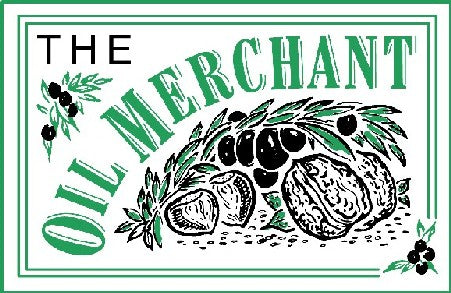Balsamic Vinegar
The commercial success of Balsamic Vinegar over the last twenty years or so has resulted in it becoming an industrially-produced product, as well as one that is still made in the traditional way. The industrial products use wine vinegar as a base. Some are coloured with caramel and some have the addition of traditionally-made balsamic vinegar to add complexity. For a quick indication of the quality of the vinegar, look at the ingredients; if the first ingredient is wine vinegar, this would indicate a product that is pretty ‘commercial’. However, if the first ingredient is cooked grape must, then you can be assured that the product is more traditionally made and will be of better quality.
Traditionally-made balsamic, such as that produced by La Vecchia Dispensa, is produced from late-harvested, high-sugar-content grapes picked from local vineyards around Modena. There are seven varieties of grapes, including Trebbiano, Sangiovese and Lumbruschi, which are allowed in the production. These are then crushed and the juice is boiled down. The resulting sweet, dark must is then vinegarised in a series of wooden barrels – at La Vecchia Dispensa the newest of these dates back to the 1970s; oak, cherry, chestnut, acacia, juniper and mulberry are often used. Caramel is never added.
The disparity between the two methods of production have resulted in, in our opinion, overly stringent regulations being put into place which stop even traditional producers indicating the “age” of their vinegars, and products that are not in the approved bottle sizes—250ml, 500ml, 750ml or 1, 2, 3 & 5 litres— have to be called Condiments, or ‘Condimento’, and cannot be given PGI status. Now, some producers indicate the quality by noting a vinegar’s density. The thicker the balsamic, the higher the density; therefore the older it is and the more complex the flavours. The density of the vinegar refers to its weight – for instance a product that weighs 1.22 kg per litre will have a density of 1.22.
PGI & PDO Vinegars
La Vecchia Dispensa produces both PGI and PDO vinegars. What is the difference, you may ask? Well, as they themselves put it, ‘Traditional Balsamic Vinegar of Modena PDO (Protected Designation of Origin) is obtained, whereas Balsamic Vinegar of Modena PGI (Protected Geographical Indication) is produced.’ The former is made from pure acetified grape must, which is barrel-aged for a minimum of 12 years and can only be sold in a 100ml bottle specially designed by the Consortium which governs balsamic vinegar.
Conversely, the PGI vinegars have to contain a minimum of 10% red wine vinegar, but good balsamic producers will always use cooked must as the main ingredient, as La Vecchia Dispensa do, using grapes gathered from the area surrounding their family home.

Subscribe to our emails
Subscribe to our mailing list for insider news, product launches, and more.
